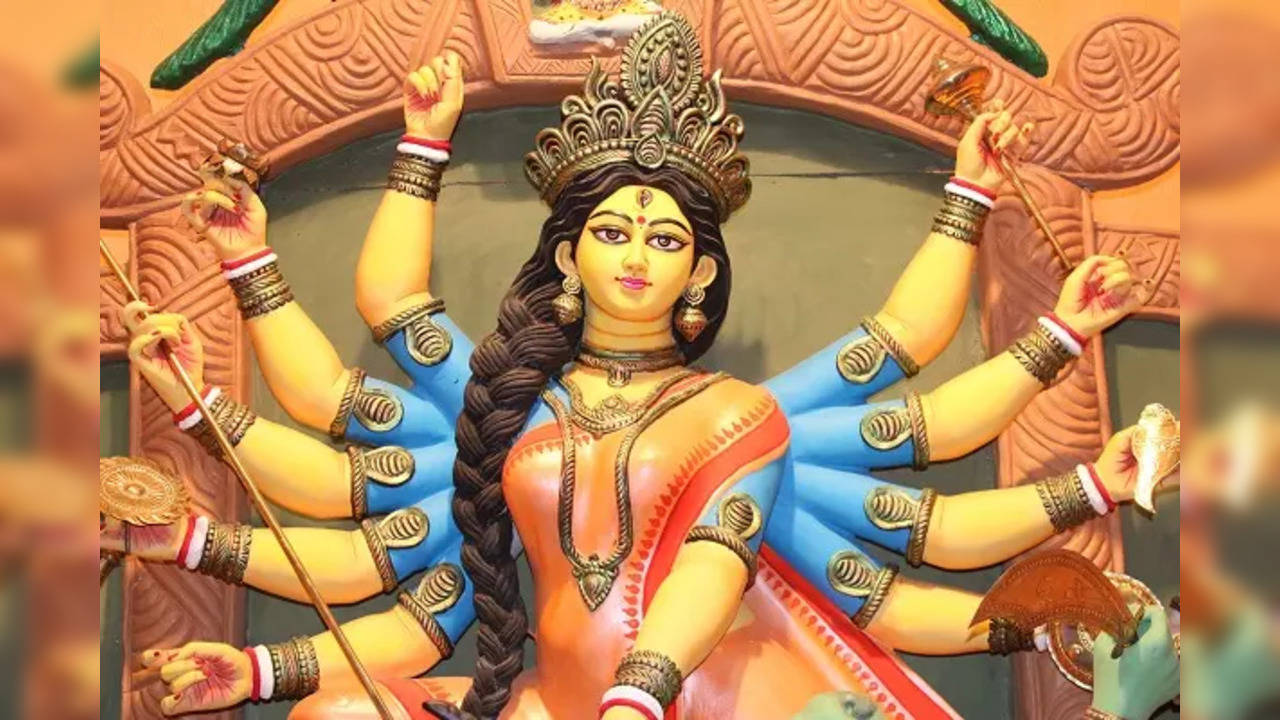Ashadha Navratri significance: Everything you need to know about this Gupt Navratri
Ashadha Navratri is one of the two Gupt or lesser-known Navratris celebrated by ardent devotees of Goddess Durga. The festivities are marked by fasting, rituals and other traditional practices. Therefore, read on to know why Ashadha Navratri is significant.

Ashadha Navratri significance
Ashadha Navratri celebrations commence on the Pratipada Tithi, Ashadha Shukla Paksha (Day during the waxing or brighter phase of the Moon in the month of Ashadha). And it falls during Gregorian June/July. But why is Ashadha Navratri also called Gupt Navratri? Scroll down to know more.
Why is Ashadha Navratri called Gupt Navratri?
Vasanta and Sharadiya Navratris celebrated during spring (Vasanta) in Chaitra month and autumn (Sharad) in Ashwin month are more popular among the masses. However, ardent devotees of Goddess Durga also observe a fast for nine days during Magh (winter) and Ashadha (Monsoon). These, in comparison, are less popular, and devotees worship the Maha Vidyas (ten different avatars of feminine power) and hence, called Gupt (secret) Navratri.
What makes Gupt Navratri different?
Devotees inclined towards the Tantra Vidya keep a fast during Gupt Navratri to seek the blessings of the Goddess for fulfilling some of their most cherished desires. They also please the Goddess by learning the ten Mahavidyas associated with the Tantra Shakti.
Apart from worshipping the nine forms of Durga (Shailputri, Brahmacharini Chandraghanta, Kushmanda, Skandamata, Katyayani, Kalratri, Mahagouri and Siddhidhatri), devotees also pray to the Ten Maha Vidyas. And they are:
The ten Mahavidya
- Kali - the one who swallows time
- Tara - the protector
- Tripura Sundari - the most beautiful in the three worlds
- Bhuvaneshwari - the Goddess of the world
- Bhairavi - the fiercest one
- Chinnamasta - the one who cut her own head
- Dhumvati - the elderly one or widow
- Bagalamukhi - the one who numbs the enemy
- Matangi - the Goddess of music and speech
- Kamalatmika - the graceful one
Nonetheless, Navratri is celebrated during seasonal change. For example, Ashadha is celebrated during the onset of monsoons. Therefore, by observing a fast for nine days and maintaining a disciplined lifestyle, individuals can help adapt to the changing weather and seasonal conditions and reduce the risk of catching infections.
Trending:
End of Article
Subscribe to our daily Newsletter!
Related News





Srilanka's Seetha Amman Temple Prepares For Consecration Of Goddess Sita's Idol; Water From Sarayu River To Be Used For Abhishek

Centuries-Old Hindu Temple In Iran: The Bandar Abbas Vishnu Mandir

Do you Know Why ‘Om’ is Considered the Sound of Creation? Let us Find out the Rules and Benefits of Chanting it

Akshaya Tritiya 2024: Goddess Lakshmi will Bless These Zodiac Signs on This Auspicious Day

Trikal Sandhya: The Three Shlokas To Help You Change Your Life For The Better








